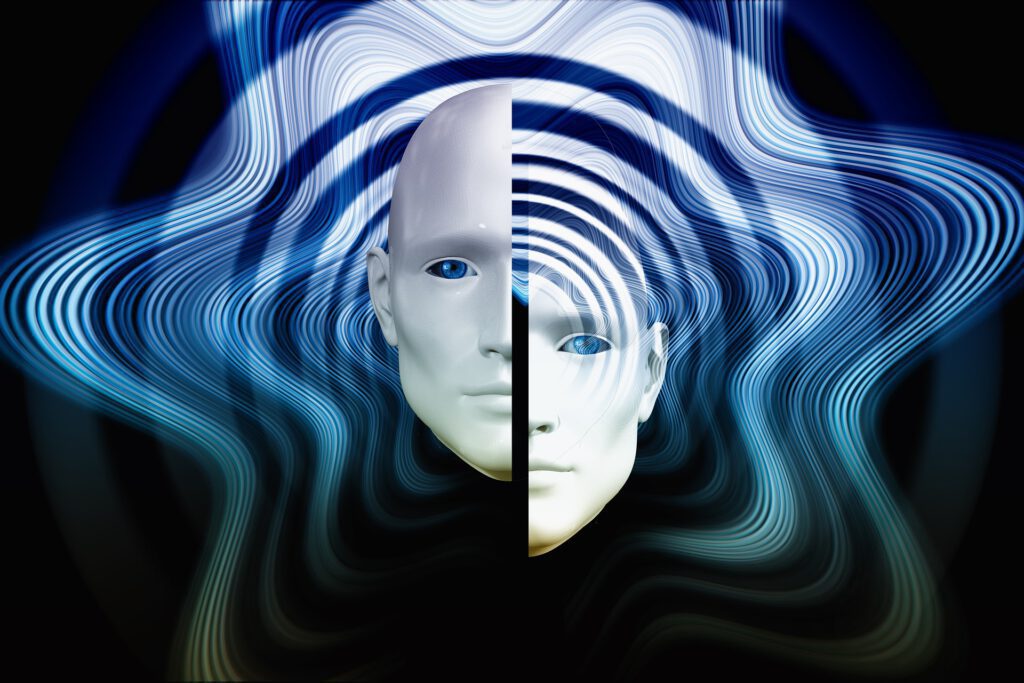disorders of consciousness definition
Disorders of consciousness – definition
- Disorders of consciousness – definition
- Quantitative consciousness disorders
- 1. Dizziness
- 2. Somnolence
- 3. Sopor
- 4. Coma
- Qualitative consciousness disorders
- 1. Narrowing of consciousness
- Occurrence:
- 2. Clouding of consciousness
- Occurrence:
- 3. Shift of consciousness
- Occurrence:
- 4. Delirium
- Occurrence:
- 5. Twilight state
- Occurrence:
= any alteration or change in normal or everyday consciousness - as a resultself-control is changed andand interaction difficult or impossible.Disorders of consciousness are therefore disorders of a vital and fundamental function of the human psyche. They are psychopathological symptoms. Disorders of consciousness are formally divided into quantitative and qualitative disorders.
Quantitative changes are diminishing the level of consciousness because they restrict wakefulness. Qualitative changes are altering the state of consciousness, that is, the contents of consciousness are changed, and the clarity of consciousness is reduced.
| Quantitative disturbances in consciousness | Qualitative disturbances in consciousness |
|---|---|
| (= altered level of consciousness) | (= altered state of consciousness) |
|
|
Quantitative consciousness disorders
1. Dizziness
- Gradual slowing down to apathy
- Orientation reduced
- spontaneous utterances reduced
2. Somnolence
- Limited concentration and attention
- Tendency to sleep
- Easy to wake up
- No spontaneous utterancess; if so, then incomprehensible murmuring
- Reflexes are preserved
3. Sopor
- Sleep-like condition
- Difficult to wake up
- No spontaneous utterances
- Reflexes are preserved
4. Coma
- Unconsciousness
- Affected cannot be woken up
- No defense movements against pain
- Increasing reflex failures
Qualitative consciousness disorders
1. Narrowing of consciousness
- Fixation on just one experience-related, mental or emotional aspect
- Decreased responsiveness
- Shifted state of consciousness
- Amnesia
- Preserved orientation
- Usually starts and ends within a short time
Occurrence:
- After epileptic seizures
- Traumatic brain injury
- Brain inflammation
- So-called pathological alcohol intoxication
2. Clouding of consciousness
- Impairment of the clarity of consciousness with fragmentation of the context of experience:
- Disturbed understanding of oneself and the environment
- Confused thinking and acting
- Disorientation
- Anxiety
- Hallucinations
- Disorder of the sleep-wake rhythm
- Possibly life-threatening vegetative disorders
- Constantly or only temporarily (“fragmented consciousness”)
Occurrence:
- Medication
- Poisoning
- Drugs
- Withdrawal
- Metabolic disorders
- Tumor and traumatic brain injury
- Heart disease
- Delirium, like after surgery
- Dementia
- Schizophrenia
3. Shift of consciousness
- Change in awareness with a feeling of an increased
- Intensity or
- Brightness or
- Awareness (expansion of consciousness)
- Increased alertness (“hyper-alertness”)
- Emotional – “ecstatic” way of life with similarity to the trance, into which it can also pass
Occurrence:
- Drugs
- Mania,
- Schizophrenia
- Intensive meditation
4. Delirium
- Organic psychotic disorder with the main symptom: clouding of consciousness (and often with vegetative symptoms)
- Emergency situation!
Occurrence:
- Alcohol intoxication (also other drugs)
- Metabolic disorders
- Brain diseases
- Fever
- Sleep deprivation
- sensory stimulus suppression (confinement in darkness)
5. Twilight state
- Temporary “dream-like” narrowing of consciousness, in which the person concerned remains able to act
- Decreased attention
- Decreased responsiveness
- “Mental blackout” (retrograde amnesia)
- Usually starts and ends within a short time
Occurrence:
- After epileptic seizures
- So-called pathological alcohol intoxication
- Brain injuries
- psychogenic twilight conditions (fugue state)

